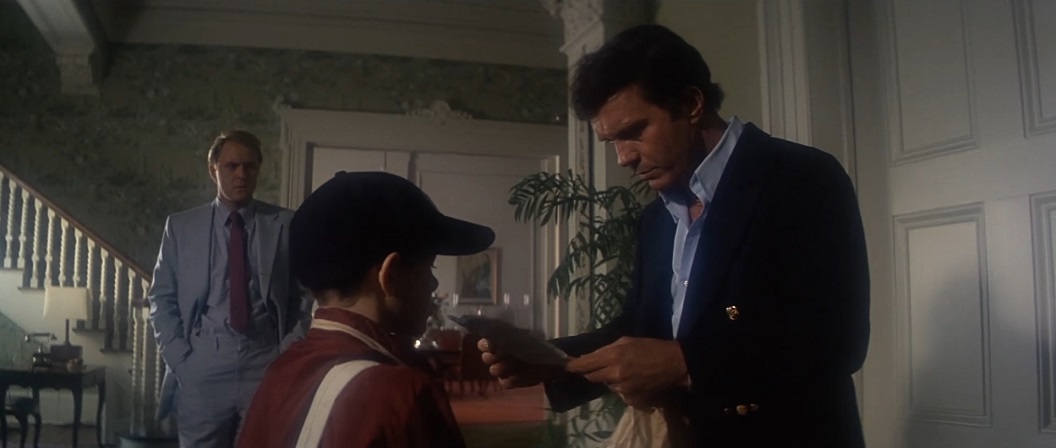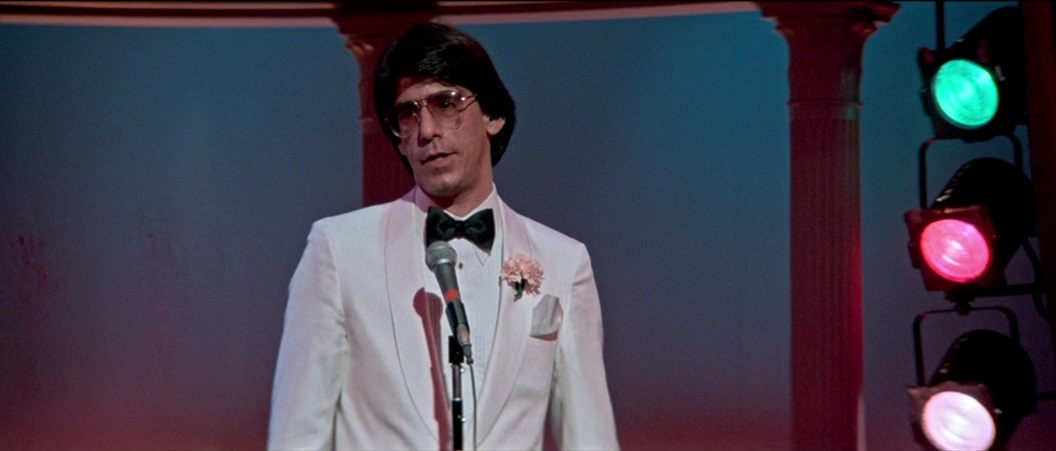SAM IRVIN WRITING MEMOIR OF HIS DE PALMA YEARS
THE BOOK, PLANNED FOR 2024, WILL COVER HIS TIME ON SET OF THE FURY, HOME MOVIE, DRESSED TO KILL Sam Irvin
Sam Irvin's latest book,
I Was a Teenage Monster Hunter!, "uniquely combines his exciting cinematic adventures, self-discovery, and documenting horror history through his self-published horror fanzine
Bizarre," writes
Daily Dead's Justina Bonilla. "Though
Bizarre only lasted four issues, they are an amazing time capsule filled with interviews with horror royalty, from
Vincent Price to
Christopher Lee, with the book’s forward from
Elvira, Mistress of the Dark aka Cassandra Peterson."
In the interview portion of the article, Irvin tells Bonilla that the book, the first in a series of memoirs, covers his life/career up until the time he met Brian De Palma. "And then, for 2024," Irvin says, "I will do the next volume of my ongoing series of memoir books, this one covering my De Palma years."
In the interview, Irvin talks about why the journal he had writen for the magazine Cinefantastique was never published:
Why did you stop publishing Bizarre? The reason I stopped doing it, is that I ended up meeting Brian De Palma and had to start getting serious about figuring out a career in film. Between my junior and senior years of college, I ended up going to work for De Palma on The Fury. After I graduated, I became a full-time employee of De Palma as his assistant.
Then, I associated produced and was a production manager for his film Home Movies with Kirk Douglas and Nancy Allen. That's what launched my career.
When did you decide to step away from magazine writing to focus on your film career?
I became friends with Fred Clark, who was the editor of Cinefantastique. When I was working on The Fury, I got an assignment from Fred to write a journal on the making of The Fury. I still wanted to be writing for about horror movies and stay in that world.
Fred promised that The Fury would be on the cover. So, I interviewed everybody on the film from Kirk Douglas down, including composer John Williams and the editor Paul Hirsch, who edited Star Wars. Then, Fred saw Star Wars. He decided to bump our issue, so he could do a double issue on Star Wars. Okay, fine. Star Wars deserved it.
In the meantime, I insisted to Fred that, “You've got to run my interview with Amy Irving. You can't wait, because she talks about for the very first time ever, her relationship with Steven Spielberg. They were living together and it had not been revealed anywhere. I have this huge scoop.
What was the result?
So, Fred assured me that he’d run the Amy interview in the Star Wars issue, as kind of a teaser for the big coming issue on The Fury. Then, The Fury opens. Fred sees it, hates it, and decides that he is not going to put it on the cover. He cuts my journal on the making of it in half and on the cover, he instead puts the composer Hans Salter, who composed some of the scores of the 1940s Universal horror movies. I love Salter and his scores, but could there be anything less commercial? It felt like such a slap.
De Palma was not happy, and I was embarrassed. It made me look bad. I felt really bad about the whole thing.
It put such a bad taste in my mouth, that when I got asked to do articles on other films that I was working on, like Dressed to Kill, I just ended up turning it down. It kind of extinguished my wanting to continue to be a journalist in that realm. Instead, I focused on being a director.



























